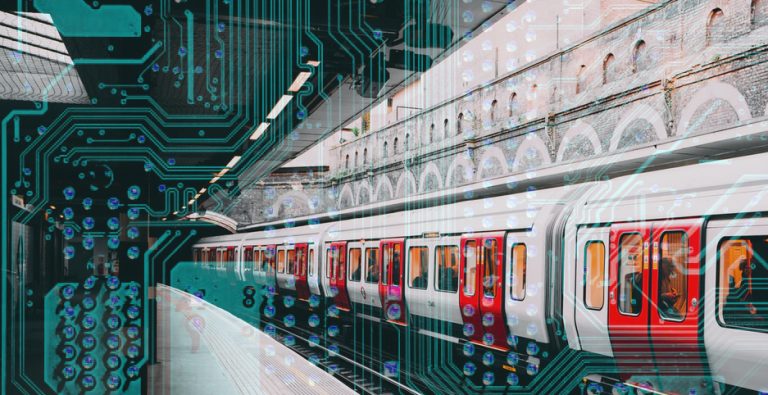AI is becoming almost as synonymous with our capital city, as finance always has been. With more and more companies flocking to London, including tech giants, DeepMind, investment in the AI sector is soaring. Exceeding £200m in 2017, we saw an increase of over 50% from the year before, but even that number was completely overshadowed in 2019, when investments in AI and deep tech leapt to $3.2bn.
As the interest in AI companies grows and London’s economy becomes more reliant on this technology, it has begun to spill out onto the streets, taking over aspects of regular life that only a decade ago would have seemed like fantasy.
Sadiq Khan, recently commissioned a research paper, in order to map AI innovation across London and discover how best to utilise this growth. In his introduction to the results, he wrote, “there are few areas of innovation that have the power to define our future economy and society more than artificial intelligence… These strengths will support my ambition to make London a world-leading smart city, in which public data and AI will open doors for the public and private sectors to work together to improve the way that Londoners experience our city on a daily basis.”
These AI-enabled improvements began in earnest last month, with the start of a 2-year trial of cameras, stationed around London, with the ability to identify the difference between vehicles and people. Taking over the task of what used to be a manual count, it is hoped that these cameras will help experts to improve pedestrian areas and cycling lanes, by establishing where they are most needed.
Travel appears to be a key factor, in the utilisation of artificial intelligence, within London and has already been successfully streamlined for some, with TfL’s TravelBot. Helping to avoid the inevitable frustration for travellers, of arriving at a closed down platform, this ChatBot can give answers over Facebook as to what stations are running smoothly and which are not.
Once you get to your destination, AI becomes a little more sparse, but that’s not to say it isn’t there. If you head to Bloomberg’s European Headquarters, which was opened in 2017, you’ll see the most sustainable office building in the world, thanks to AI. Tech such as a smartairflow system, which redistributes oxygen based on where people are in the building, is set to be implemented in more offices within the capital, helping to achieve a cleaner city.
Also on the cards, is a proposal by the Centre for the Future of Museums, who suggest that before long we could be touring museums with the help of our favourite historical figures. Using the same logic as that behind customer service bots, Time Out estimate London museums could have the technology in less than a decade.
Like with a lot of technology, AI has been met with some reticence within the capital. When a report claimed that AI could help save the Met £30m and put 545 police on the streets, solely by cutting man hours in other areas, such as phone searches, there was significant pushback, due to concerns over a Big Brother state, and the very real issue of profiling.
To move forward with the Mayor of London’s ‘A Smarter London Together’ plan, AI experts will probably have to stem these fears and prove to the country that these changes are worth it. After all, PwC forecast that UK GDP could be up to 10.3% higher in 2030, as a result of this growing industry.
Share this blog


















































